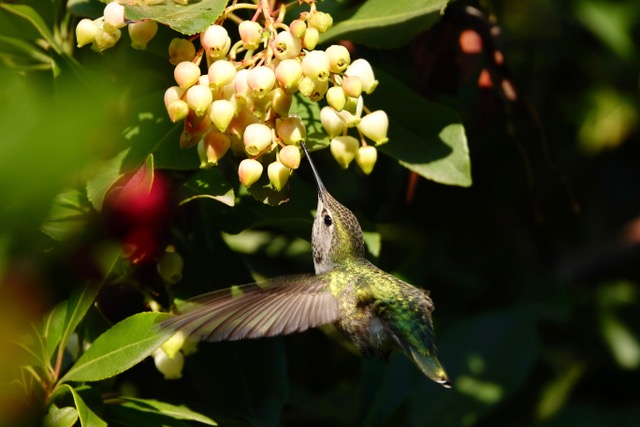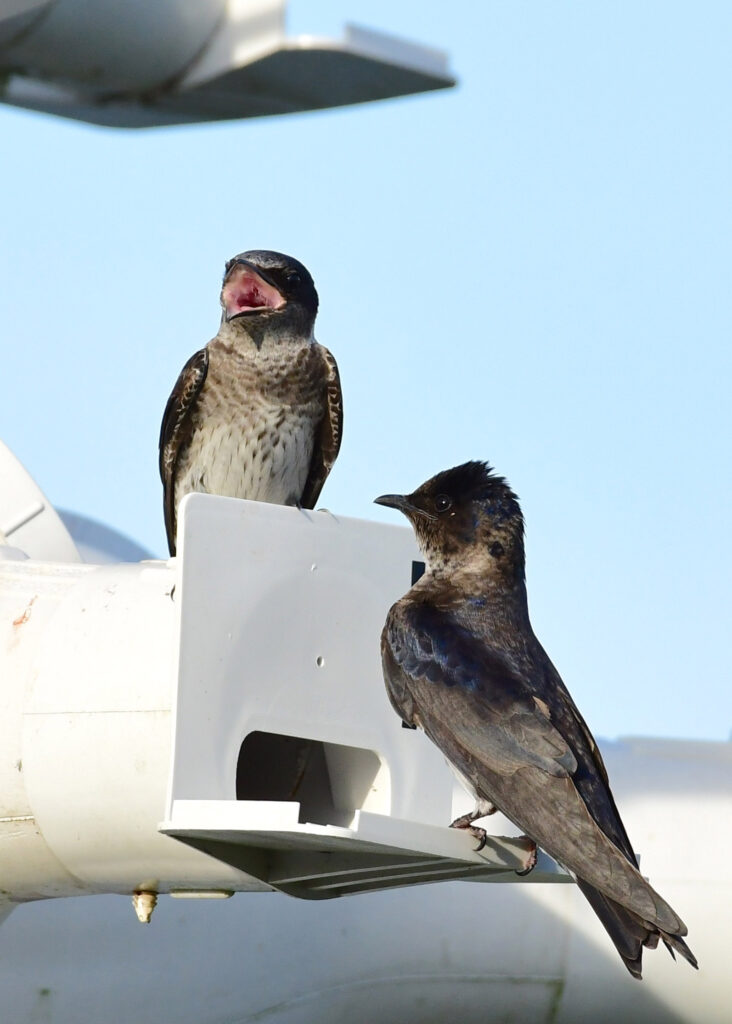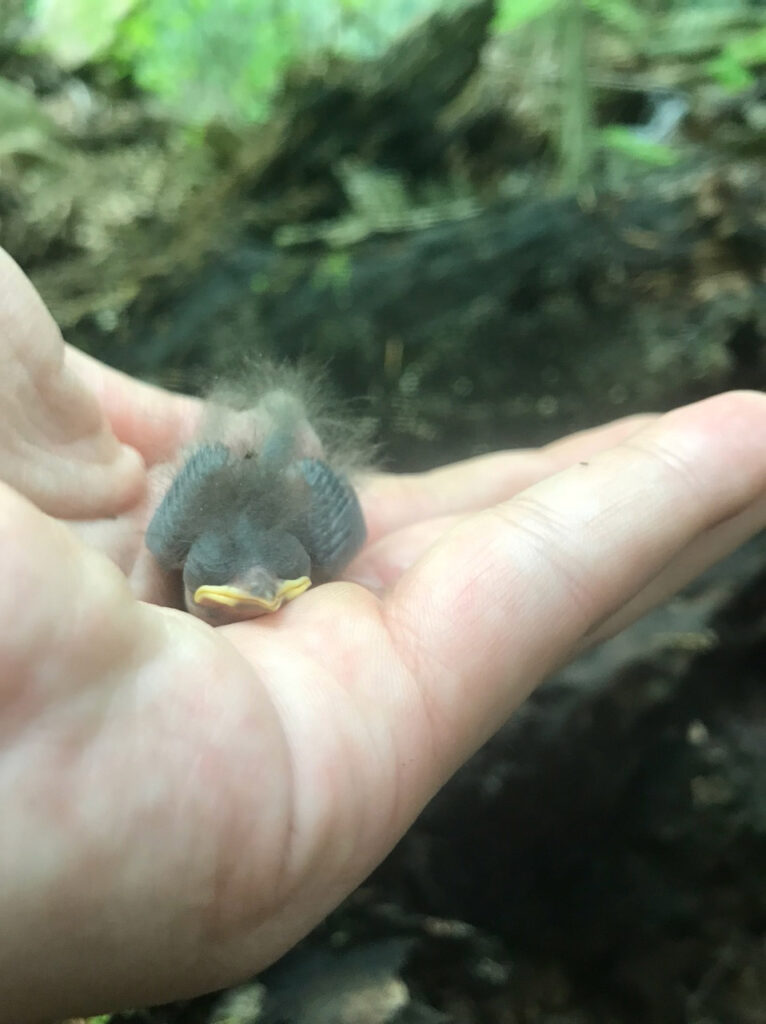By Sabrina S. Taylor, Senior Editor, Ornithology
Studying avian diet has never been easy, but several methodological advances have enabled novel insights, collectively sparking a renewed interest and vigor in avian diet studies. Accordingly, three recent NAOC and AOS symposia reflect this interest and have highlighted ways that traditional, genetic, and tracer approaches can be leveraged individually or in combination to examine diet (for example, NAOC 2016, “Knowing your S#&%: Comparing traditional and next-generation methods for understanding bird diets” organized by Welch and Powell; AOS 2019, “Molecular ecology is for the birds: Using molecular techniques to advance our understanding of avian ecology” organized by Jusino & Lorenz, and; NAOC 2020, “What’s on the menu? Multiple approaches to studying avian diet” organized by Snider and Taylor).
A Special Feature, published jointly by AOS journals Ornithology and Ornithological Applications, is now bringing together a series of papers highlighting Advances in Avian Diet: Methods and Applications. The Special Feature includes broad reviews and several original scientific studies emerging from past AOS meeting symposia as well as the broader scientific community. These studies provide an overview of the variety of work currently underway and the latest directions in avian diet analyses.
The January 2022 issue of Ornithology kicks off the Special Feature with four articles. Hoenig et al. review current methodologies in avian diet analysis with a special emphasis on future advances for DNA metabarcoding and tracer analysis as well as several approaches for combining morphological, DNA metabarcoding, and tracer data in a unified way. An original paper by Forsman et al. examines the utility of different arthropod primers, a key consideration in DNA metabarcoding study design that underpins all downstream results. Forsman et al. found special utility for ANML primers in describing Purple Martin diet, an important contribution to the growing toolbox in molecular approaches to study avian diet.
Two additional original papers by Spence et al. and Bumelis et al. examine the extent of diet overlap in sympatric hummingbird and swallow species, respectively. Spence et al. leverage DNA metabarcoding to show that Anna’s (Calypte anna), Calliope (Selasphorus calliope), and Black-chinned Hummingbirds (Archilochus alexandri) have high dietary overlap in the plants and invertebrates they eat, although there is considerable variation in diet at the family level among individuals. This new approach to examining well-studied birds revealed unknown aspects of life-history and contributed to knowledge of community structure, function, and evolution.
Conversely, Bumelis et al. leverage DNA metabarcoding and stable isotopes to show that there are dietary differences among three sympatric swallow species. Barn Swallows (Hirundo rustica), Cliff Swallows (Petrochelidon pyrrhonota), and Tree Swallows (Tachycineta bicolor) provision young with prey that ranges in nature from terrestrially-based to aquatic-emergent insect prey. These results are important for understanding why there may be differences in declines among aerial insectivores on the breeding grounds.
Stay tuned for four additional papers to be published in AOS journals in the coming months!
Included Papers
Endogenous biomarkers reveal diet partitioning among three sympatric species of swallows by Kaelyn H. Bumelis, Michael D. Cadman, and Keith A. Hobson. Ornithology.
Evaluating the impacts of metabarcoding primer selection on DNA characterization of diet in an aerial insectivore, the Purple Martin by Anna M. Forsman, Brandon D. Hoenig, Stephanie A. Gaspar, Jason D. Fischer, Joe Siegrist, and Kevin Fraser. Ornithology.
Current methods and future directions in avian diet analysis by Brandon D. Hoenig, Allison M. Snider, Anna M. Forsman, Keith A. Hobson, Steven C. Latta, Eliot T. Miller, Michael J. Polito, Luke L. Powell, Samantha L. Rogers, Thomas W. Sherry, David P. L. Toews, Andreanna J. Welch, Sabrina S. Taylor, Brady A. Porter. Ornithology.
DNA metabarcoding reveals broadly overlapping diets in three sympatric North American hummingbirds by Austin R. Spence, Erin E. Wilson Rankin, Morgan W. Tingley. Ornithology.
Diet composition of reintroduced Red-and-Green Macaws reflects gradual adaptation to life in the wild by Noelia L. Volpe, Bettina Thalinger, Elisabet Vilacoba, Thomas W. A. Braukmann, Adrián S. Di Giacomo, Igor Berkunsky, Darío A. Lijtmaer, Dirk Steinke, and Cecilia Kopuchian. Ornithological Applications.
Metabarcoding of stomach contents and fecal samples provide similar insights about Seaside Sparrow diet by Allison M. Snider, Andrea Bonisoli-Alquati, Anna A. Pérez-Umphrey, Philip C. Stouffer, and Sabrina S Taylor. Ornithological Applications.
Note: Additional papers in this Special Feature will be linked here as they become available.





COMMENTS